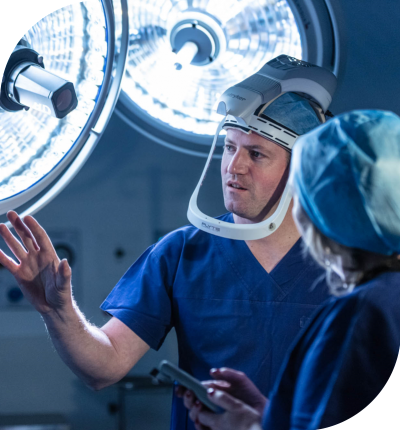Knee Arthroscopy
What is Knee Athroscopy?
Arthroscopy of the knee is minimally invasive surgery or ‘Key-hole surgery’. It generally involves 2-3 small incisions to allow passage into the joint cavity of a camera (arthroscope) and specially designed instruments. This generally provides the surgeon an excellent view of the joint surfaces, the menisci and the anterior cruciate ligament.


Procedures available
The exact procedure performed by the surgeon depends on the unique pathology found in each individual knee. The most common reasons to perform knee arthroscopy include meniscus tears, chondral injuries (injuries to the articular cartilage on the ends of the bones), loose bodies, plica syndrome and reconstruction of the anterior cruciate ligament.
The main advantage of an arthroscopic procedure is that knee joint pathology can be addressed with minimal dissection of the surrounding soft tissues and supporting structures. This generally leads to less pain, reduced bleeding and a faster recovery than if the same procedure was done as an open procedure.
What happens in the procedure?
Most arthroscopic procedures are done as day surgery. Most patients are able to weight bear immediately, however meniscus repairs and microfracture procedures for chondral injuries will generally require a knee brace and crutches to limit weight bearing. Dr Woodbridge will be happy to discuss the likely rehabilitation protocols as they relate to your individual condition.
